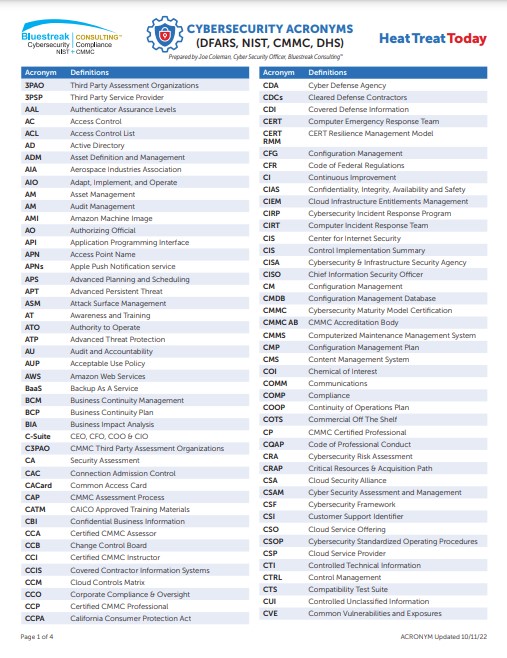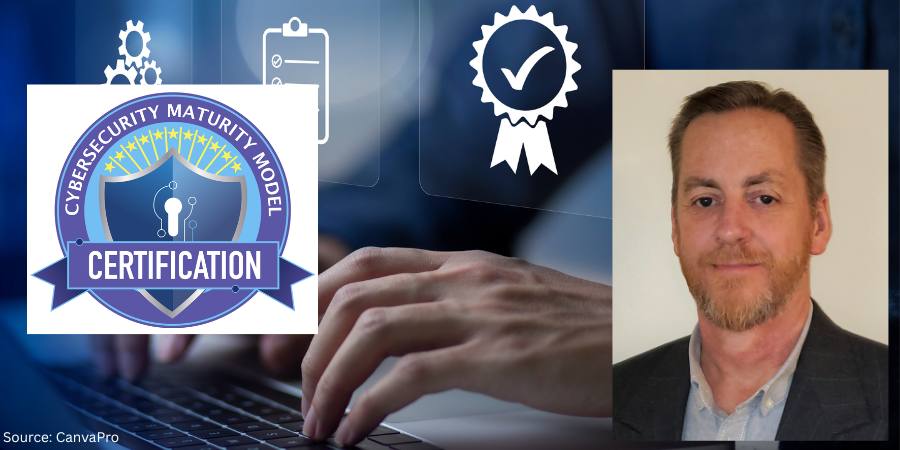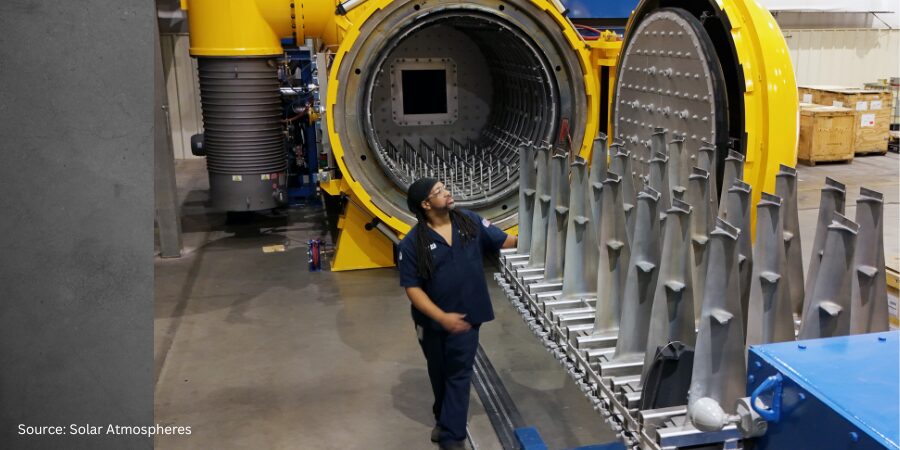
The Cybersecurity Maturity Model Certification (CMMC) 2.0 compliance process is detailed and complicated, and businesses in the defense industrial base (DIB) may be tempted to delay this regulatory hurdle. In this Cybersecurity Desk column, which was first released in Heat Treat Today’s March 2025 Aerospace print edition Joe Coleman, cybersecurity officer at Bluestreak Compliance, a division of Bluestreak | Bright AM™, explains why companies putting off CMMC 2.0 compliance may end up scrambling to meet deadlines, incurring costly delays, and even facing potential disqualification from future DoD contracts.
Introduction
The Cybersecurity Maturity Model Certification (CMMC) 2.0 is not only a regulatory hurdle, it represents a fundamental shift in the cybersecurity landscape for the Defense Industrial Base (DIB). Ignoring this critical initiative can have severe and potentially irreversible consequences for your company’s future.
Many companies mistakenly believe they can afford to delay their CMMC 2.0 compliance efforts, assuming they have plenty of time to prepare. This is a dangerous assumption. Achieving CMMC 2.0 compliance is a detailed and complicated process that typically takes 12–18 months. Delaying implementation can leave your company scrambling to meet deadlines and increase the risk of costly delays, missed opportunities, and even potential disqualification from future DoD contracts.
The High Cost of Inaction
The consequences of failing to prioritize CMMC 2.0 compliance are significant:
- Loss of revenue and market share: Non-compliance directly impacts your ability to bid on and win DoD contracts. This translates to lost revenue, limiting growth and a significant competitive disadvantage against companies that have already achieved compliance
- Erosion of trust and reputation: Failing to meet cybersecurity standards can damage your company’s reputation within the DIB. This loss of trust can impact not only your relationship with the DoD, but also with other key stakeholders, including clients, contractors, partners and investors. Some of your clients may have already asked if you are compliant.
- Increased vulnerability to cyberattacks: A weak cybersecurity posture leaves your company highly susceptible to cyberattacks. These attacks can have devastating consequences, including data breaches, system disruptions, and significant financial losses. The key cybersecurity component of CMMC is NIST Special Publication 800-171.
- Significant financial penalties: Non-compliance can result in substantial financial penalties, including fines and contract termination. These penalties can severely impact your company’s bottom line and long-term growth.
- Operational disruption: The process of implementing and maintaining CMMC 2.0 controls can require significant amounts of time and resources. Delaying these efforts can disrupt your company’s operations, impacting productivity and potentially hindering critical projects.

The Benefits of Proactive Action
By proactively addressing CMMC 2.0 compliance, your company can gain a significant competitive advantage to win more business:
- Competitive head start: Companies that prioritize CMMC 2.0 compliance gain a significant first-mover advantage. They can demonstrate their commitment to enhanced cybersecurity to the DoD, build stronger relationships with government agencies, and position themselves as preferred partners for future contracts.
- Reduced stress and increased efficiency: Starting early allows for a more gradual and less stressful implementation process. This reduces the risk of last-minute scrambling and allows for a more efficient and effective integration of cybersecurity measures into your existing workflows.
- Enhanced cybersecurity posture: The CMMC 2.0 framework provides a structured approach to enhancing your overall cybersecurity posture. By implementing these controls, you not only improve your compliance but also strengthen your defenses against a wide range of cyber threats.
- Improved operational resilience: A robust cybersecurity program enhances your company’s operational resilience. By minimizing the risk of cyberattacks and their potential disruptions, you can ensure business continuity and maintain a competitive edge in the market.
- Building a culture of security: CMMC 2.0 implementation encourages a shift towards a culture of security within your company. This includes raising awareness among employees about cybersecurity risks, fostering a sense of shared responsibility, and promoting best practices at all levels.
Conclusion

CMMC 2.0 is not an option; it is a critical requirement for any company seeking to do business with the DoD, its prime contractors, and/or downstream service providers. Procrastination is not an option. By taking proactive steps to understand and address CMMC 2.0 requirements, your company can mitigate risks, enhance its cybersecurity posture, and gain a significant competitive advantage in the evolving defense landscape.
For an up-to-date resource list of common cybersecurity acronyms, click the image to the right.
About the Author:

Cyber Security Officer
Bluestreak Consulting
Source: Bluestreak Consulting
Joe Coleman is the cybersecurity officer at Bluestreak Compliance, which is a division of Bluestreak | Bright AM™. Joe has over 35 years of diverse manufacturing and engineering experience. His background includes extensive training in cybersecurity, a career as a machinist, machining manager, and an early additive manufacturing (AM) pioneer. Joe presented at the Furnaces North America (FNA 2024) convention on DFARS, NIST 800-171, and CMMC 2.0.
For more information: Contact Joe at joe.coleman@go-throughput.com.






